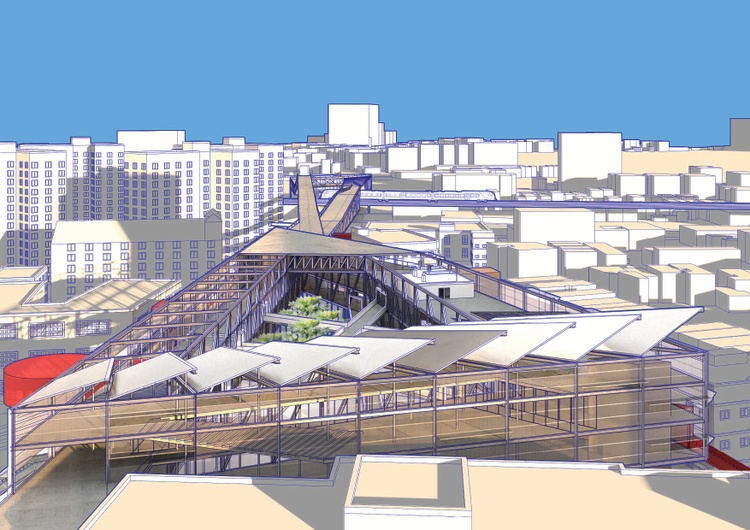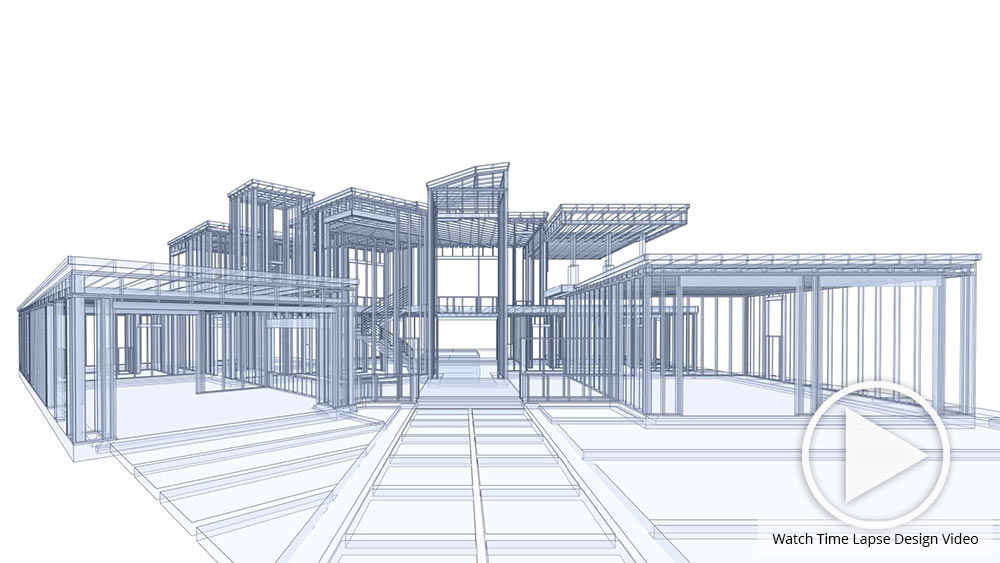Top Reasons to Pick CDA Architects for Your Residential or Commercial Layouts
Comprehending the Collaborative Process In Between Architects and Designers in Modern Building Projects
The collective procedure in between architects and designers is crucial in contemporary building jobs, as it harmonizes layout intent with design expediency. Checking out these dynamics discloses insights that might significantly impact task end results and total market standards.
The Significance of Collaboration
The collaborative synergy in between engineers and engineers is important for the successful understanding of any type of building task. This partnership unites distinctive proficiency and point of views, allowing the assimilation of innovative design with sensible design services. By collaborating, designers and engineers can make sure that a task not just fulfills visual and practical requirements but additionally follows safety, sustainability, and budgetary restrictions.
Cooperation fosters a shared vision, assisting in the positioning of objectives and expectations from the start. This placement is crucial in addressing potential challenges and mitigating risks that could occur throughout the job lifecycle. Furthermore, a collaborative technique enables the efficient allotment of resources, maximizing both time and expense.
The relevance of cooperation encompasses the repetitive procedure of layout and building and construction, where responses from engineers can notify architectural decisions, leading to more possible and lasting styles. Alternatively, engineers can motivate engineers to believe creatively concerning how to attain architectural stability without compromising creative intent. Ultimately, the joint partnership in between designers and designers is not merely advantageous; it is essential to the development of high-quality, practical, and innovative developed settings that satisfy the needs of society.
Communication Techniques and Tools
Reliable interaction methods and tools are essential for cultivating cooperation in between engineers and designers throughout the project lifecycle. Developing clear networks of interaction is crucial to make sure that all staff member are aligned with task goals, timelines, and responsibilities. Routine meetings, both in-person and online, provide chances for stakeholders to talk about progress, address concerns, and make informed choices.
Using job administration software application, such as BIM (Structure Details Modeling) platforms, enhances partnership by allowing real-time sharing of design alterations and technical specifications. These devices assist in openness, enabling architects and designers to picture changes and analyze their influence on the total project.

Shared Goals and Task Vision

Developing common goals includes open view dialogue and a thorough understanding of each technique's payments. Engineers generally concentrate on style intent, spatial relationships, and individual experience, while designers emphasize structural stability, systems functionality, and compliance with guidelines (cda architects). When these point of views are straightened, the result is a cohesive job that abides by both imaginative ambitions and technical feasibility
In addition, a well-defined project vision promotes liability among staff member, motivating each participant to take ownership of their duty in accomplishing the desired end result. Normal check-ins and collective workshops can even more strengthen this commitment, enabling for changes to be made as the project evolves. Ultimately, a common vision not only improves synergy but likewise elevates the high quality of the final deliverable, resulting in effective project completion.
The Duty of Technology
Leveraging innovation has become necessary in enhancing partnership in between engineers and designers. Building Info Modeling (BIM) stands out as an essential innovation, permitting both designers and engineers to develop in-depth 3D models that envelop style intent and structural integrity.
In addition, cloud-based platforms make it possible for smooth collaboration, permitting project stakeholders to gain access to and update task data from anywhere. This fosters a society of openness and liability, as modifications can be tracked and reviewed in real-time. In addition, mobile applications more boost interaction, supplying on-site groups with immediate accessibility to job specifications and updates.
Emerging technologies such as expert system and maker knowing are likewise beginning to play a duty in anticipating evaluation, aiding groups recognize prospective problems before they occur. Ultimately, the role of over at this website innovation in architecture-engineering partnership not just enhances process performances but additionally boosts advancement, resulting in even more effective job outcomes. By welcoming these technical innovations, architects and engineers can guarantee an extra natural and efficient collective process throughout the construction lifecycle.
Case Researches in Effective Partnerships
Numerous study highlight the extensive effect of efficient partnerships in between engineers and engineers on project outcomes. One notable instance is the partnership on the High Line in New York City, where landscape designers, designers, and urban organizers collaborated to transform a deserted rail line into a vivid public park. This multidisciplinary method not only enhanced the aesthetic high quality yet likewise made sure architectural safety and environmental sustainability.
Another exemplary situation is Our site the layout and construction of the Sydney Concert Hall. The collaboration in between architect JÃ ¸ rn Utzon and structural engineer Ove Arup exemplified cutting-edge analytic. Their cooperation permitted the famous shell-like style while resolving complex design challenges, eventually bring about a classic building work of art.
The Burj Khalifa in Dubai better demonstrates the significance of collaborative efforts. cda architects. The assimilation of style and engineering know-how made it possible for the task team to achieve unprecedented elevations while adhering to security laws and visual vision
These examples emphasize the relevance of communication, trust fund, and shared objectives. In today's complicated construction setting, such collaborations are necessary to navigating obstacles and delivering jobs that meet both practical and visionary goals.
Conclusion
In final thought, the collaboration between designers and designers is necessary for the success of modern construction projects. Efficient interaction methods, a common task vision, and the integration of innovative innovations are crucial components that promote this partnership.